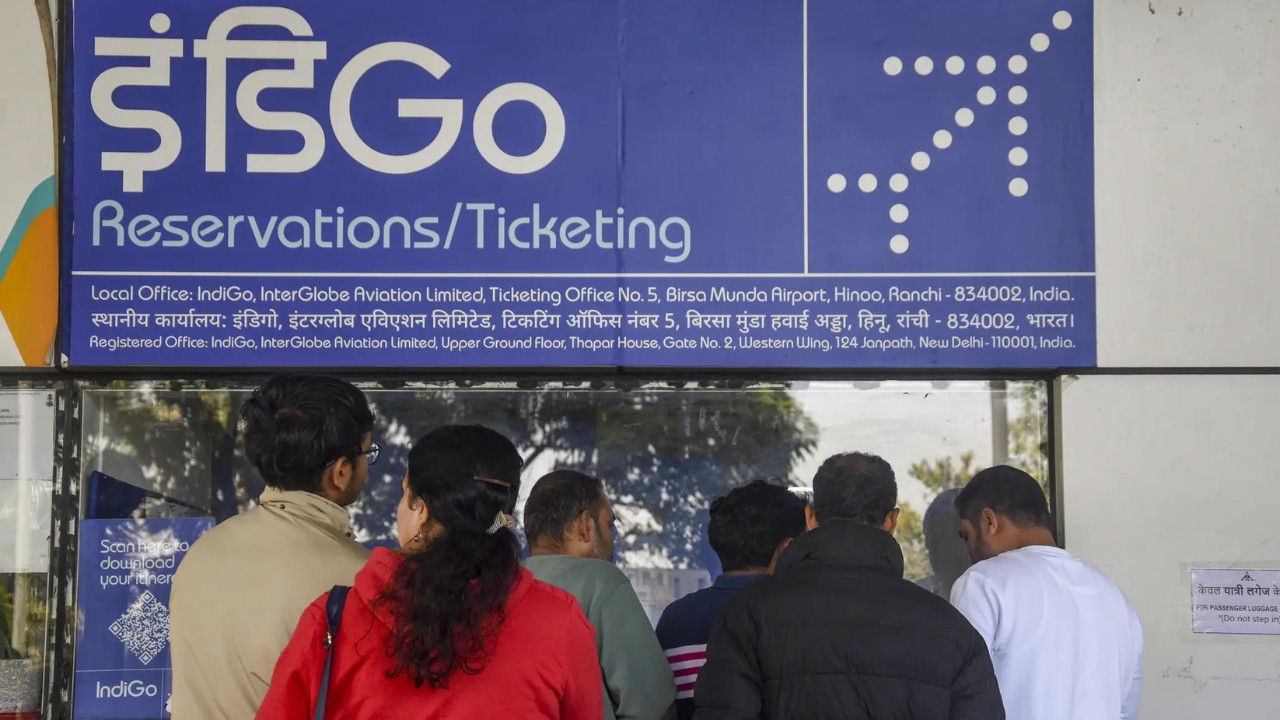India’s Ambitious Road Map to Automotive Dominance: AMP 2047
India has set its sights high – to become a global automotive powerhouse by 2047. This isn’t just a pipedream; it’s a carefully orchestrated plan fueled by innovation, sustainability, and a clear vision for the future. The recently unveiled Automotive Mission Plan 2047 (AMP 2047) lays out this grand strategy, building upon the groundwork established by its predecessor, AMP 2026. But what exactly does this mission entail, and can India truly pull it off?
The aspiration is bold: to not only meet domestic demand but also to significantly boost automotive exports, positioning India as a key player in the international market. This involves a multi-pronged approach, focusing on technological advancements, infrastructure development, and a skilled workforce. Imagine a future where ‘Made in India’ vehicles are synonymous with quality, innovation, and cutting-edge technology. That’s the vision AMP 2047 is striving to create.
Gearing Up for the Future: Key Pillars of AMP 2047
So, what are the core components of this ambitious plan? Several crucial areas need attention, all working in harmony to propel the automotive sector forward.
* Technological Innovation: The mission emphasizes embracing new technologies, particularly in electric vehicles (EVs), hybrid vehicles, and alternative fuel technologies. This isn’t just about keeping up with global trends; it’s about becoming a leader in sustainable mobility solutions. Think advanced battery technology, efficient electric powertrains, and innovative charging infrastructure.
* Infrastructure Development: Robust infrastructure is the backbone of any successful automotive industry. AMP 2047 recognizes this, focusing on improving road networks, developing logistics infrastructure, and establishing testing and certification centers that meet international standards. Efficient ports and seamless transportation networks are critical to moving vehicles and components smoothly.
* Skilled Workforce: A technologically advanced automotive sector requires a highly skilled workforce. The plan emphasizes skill development programs, vocational training, and partnerships between industry and educational institutions to ensure that India has the talent pool needed to drive innovation and manufacturing excellence. This isn’t just about engineers; it’s about training technicians, designers, and all the support staff needed to build and maintain a world-class automotive industry.
* Sustainability: A core focus is on environmental responsibility. AMP 2047 aims to promote eco-friendly manufacturing processes, reduce emissions, and encourage the adoption of EVs and other clean technologies. The goal is to create a sustainable automotive ecosystem that minimizes its environmental impact.
Building on AMP 2026: A Foundation for Growth
AMP 2047 doesn’t exist in a vacuum. It’s a direct continuation of AMP 2026, which laid the foundation for the current growth trajectory. AMP 2026 focused on enhancing manufacturing capabilities, promoting R&D, and improving the overall competitiveness of the Indian automotive industry. This previous plan provided a valuable learning experience and paved the way for the more ambitious goals of AMP 2047.

One key takeaway from AMP 2026 was the importance of government support and collaboration between industry stakeholders. AMP 2047 aims to strengthen these partnerships, creating a conducive environment for innovation and investment. The government is expected to play a crucial role in providing incentives, streamlining regulations, and fostering a supportive ecosystem for the automotive sector.
Challenges and Opportunities Ahead
While the vision of AMP 2047 is inspiring, several challenges lie ahead. The global automotive industry is undergoing a massive transformation, with new technologies and business models disrupting traditional players. India needs to adapt quickly and effectively to remain competitive.
Supply chain disruptions, geopolitical uncertainties, and the rising cost of raw materials also pose significant challenges. Overcoming these hurdles will require strategic planning, effective risk management, and a willingness to embrace change.
However, the opportunities are immense. India’s large and growing domestic market, its skilled workforce, and its increasing technological capabilities provide a strong foundation for growth. The increasing global focus on electric vehicles and sustainable mobility also presents a unique opportunity for India to become a leader in this field. We can relate it to how we are seeing a rise in sustainable transportation. Here’s more about [our company’s commitment to sustainability.](https://www.example.com/sustainability)
The Road to 2047: A Journey Worth Taking
AMP 2047 is more than just a plan; it’s a statement of intent. It demonstrates India’s commitment to becoming a global automotive leader and its willingness to invest in the future of the industry. While the journey may be challenging, the potential rewards are significant. A thriving automotive sector will not only boost economic growth but also create jobs, drive innovation, and improve the quality of life for millions of Indians. The next two decades promise to be an exciting period of transformation for the Indian automotive industry. Let’s buckle up and see where this ambitious road map takes us.







